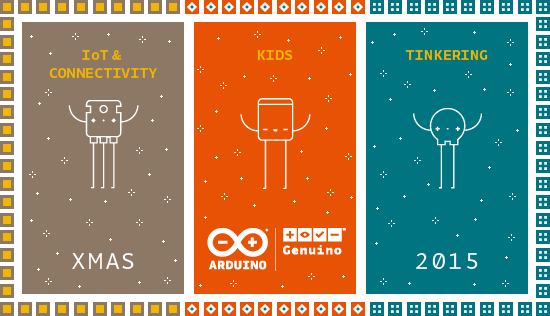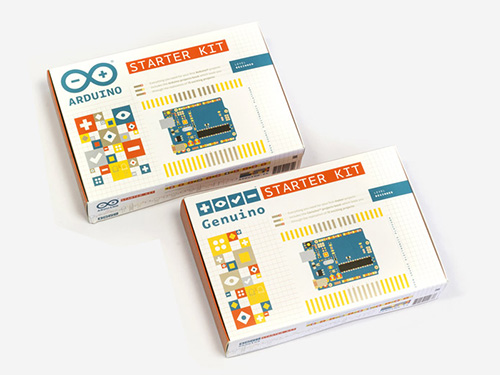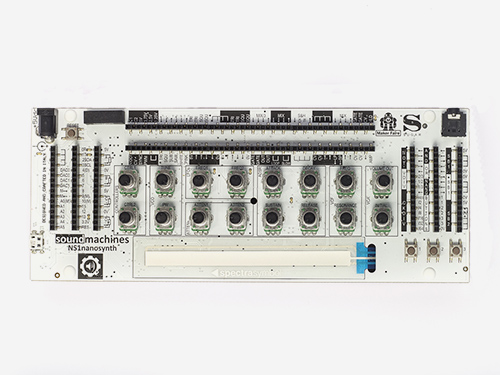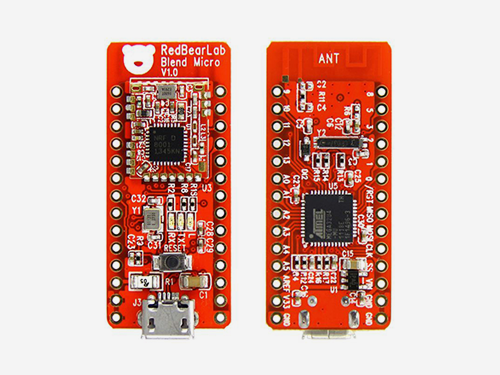16

Whether it’s an elf that stealthily watches from across the room or an all-knowing Santa Claus that keeps a list of one’s actions, spying during the holidays is nothing new. But when it comes time to receive presents, the more eager among us might want to know what presents await us a few days in advance under the tree, which is what prompted element14 Presents host Milos Rasic to build a robotic ornament equipped with vision and a compact movement system.
On the hardware side, Rasic went with an Arduino Nicla Vision board as it contains a camera and the ability to livestream the video feed over the network. A pair of continuous servo motors allow the mobile robot platform to drive along the ground while another set of servos open the ornament’s trapdoor to expose the wheels and carefully lower it from the tree through a clever system of bands and thread.
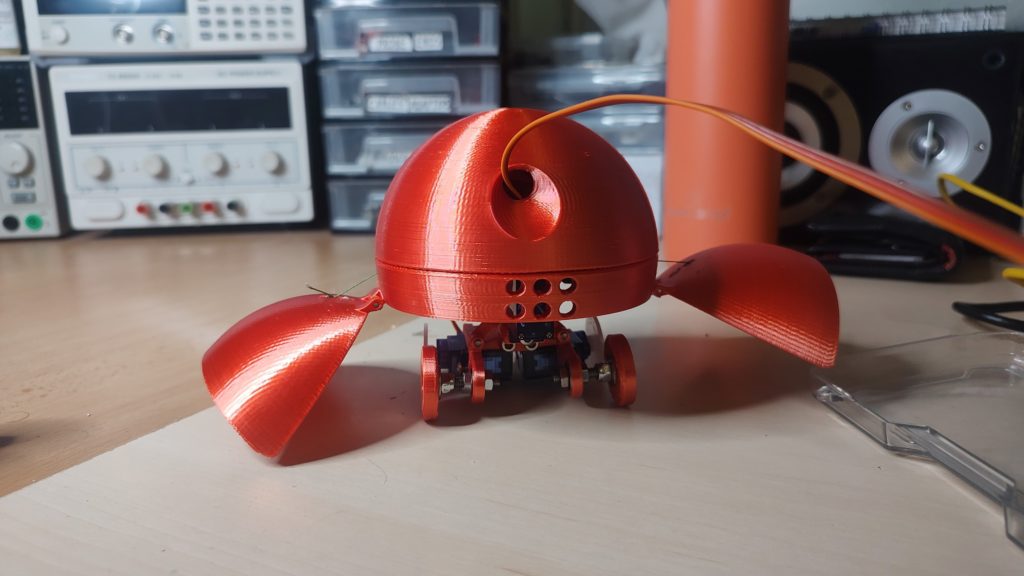
The livestreaming portion of the project was based off an existing MJPEG RTP example that exposes a web API endpoint for fetching the latest frame from the Nicla’s onboard camera and delivering it via Wi-Fi. To control the robot, including winching, driving, and toggling the lights, Rasic created a Node-RED interface that sent MQTT messages to the Nicla.
To see more about how this creative device was designed, watch Rasic’s video below or read his full write-up here.
The post This Nicla Vision-powered ornament covertly spies on the presents below appeared first on Arduino Blog.

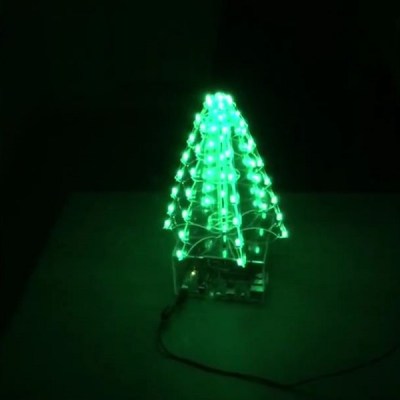 Before going too far, they cut out a cardboard mock-up of the tree. This an easy step to skip, but it can save headaches later! Once happy with the prototype, they printed off the design stencils and cut the chunks of clear acrylic using power tools — you don’t need a laser cutter to produce good stuff — and drilled dozens of holes in the plastic to mount LEDs, and run wires.
Before going too far, they cut out a cardboard mock-up of the tree. This an easy step to skip, but it can save headaches later! Once happy with the prototype, they printed off the design stencils and cut the chunks of clear acrylic using power tools — you don’t need a laser cutter to produce good stuff — and drilled dozens of holes in the plastic to mount LEDs, and run wires.
